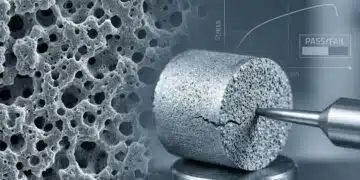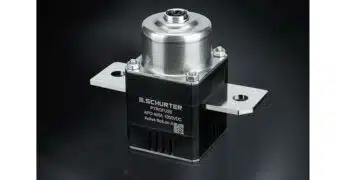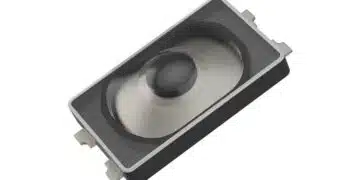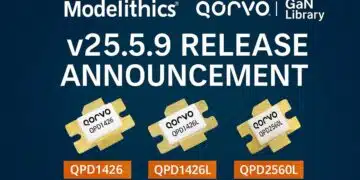In this video prof. Sam Ben-Yaakov explains inductor dot markings and how to apply it in LTspice modeling.
Introduction
Inductor dot markings play a pivotal role in circuit design, especially when dealing with coupled inductors and transformers. This article and video delves into the significance of these markings, their interpretation in LTspice simulations, and the practical implications for physical inductors.
1. The Dot Convention in Inductors
The dot convention is instrumental in defining the polarity of coupled inductors. Consider two windings on a single core:
Polarity Determination: When a positive voltage is applied to the terminal marked with a dot, the corresponding dot on the coupled inductor also experiences a positive voltage. This ensures consistency in understanding the direction of voltage polarity, crucial in applications like flyback converters.
Dot Placement: The physical location of the dot on the schematic is irrelevant, provided consistency is maintained. The primary objective is to signify the same polarity at both dots.
Current Direction: In transformers, if current enters the dot of the primary winding, it exits the dot of the secondary winding, adhering to energy conservation principles. However, in coupled inductors that store energy, current can either enter or exit the dot on the secondary winding due to energy storage in the magnetic element.
2. LTspice Simulation and Dot Implications
LTspice offers features to visualize current direction and polarity influenced by dot markings:
Current Visualization: Hovering over inductors in LTspice reveals arrows indicating current direction. The simulation displays positive or negative current based on the actual flow relative to the indicated direction.
Phase Dot Feature: Right-clicking on an inductor allows the user to enable Show Phase Dot, adding dots that help identify current direction and polarity consistency.
Impact on Current Polarity: When comparing circuits with rotated inductors, the phase dot assists in understanding why currents may appear positive in one inductor and negative in another.
3. Dot Markings on Physical Inductors
Physical inductors, whether surface-mount devices (SMDs) or through-hole components, often feature dot markings:
Meaning of the Dot: The dot indicates the start of the winding, typically from the bottom layer, progressing upwards. This is evident in multi-layer windings, where the dot signifies the inner connection point.
Manufacturer Variations: Different manufacturers may describe this marking differentlyor example, Murata refers to it as polarity marking, while Coilcraft identifies it as the winding direction.
4. Practical Significance of Dot Orientation
In circuits like synchronous buck converters:
Noise Mitigation: Connecting the dotted terminal to the noisy part of the circuit and the undotted terminal to the quieter side minimizes electromagnetic interference. This setup effectively acts as a shield, reducing the potential for noise emission and coupling with other circuit components.
Conclusion
Understanding and correctly applying inductor dot markings is vital for both simulation accuracy in LTspice and practical circuit performance. These markings aid in determining voltage polarity, current direction, and optimizing circuit layout for electromagnetic compatibility. Proper knowledge ensures efficient design and troubleshooting in complex electronic systems.





























